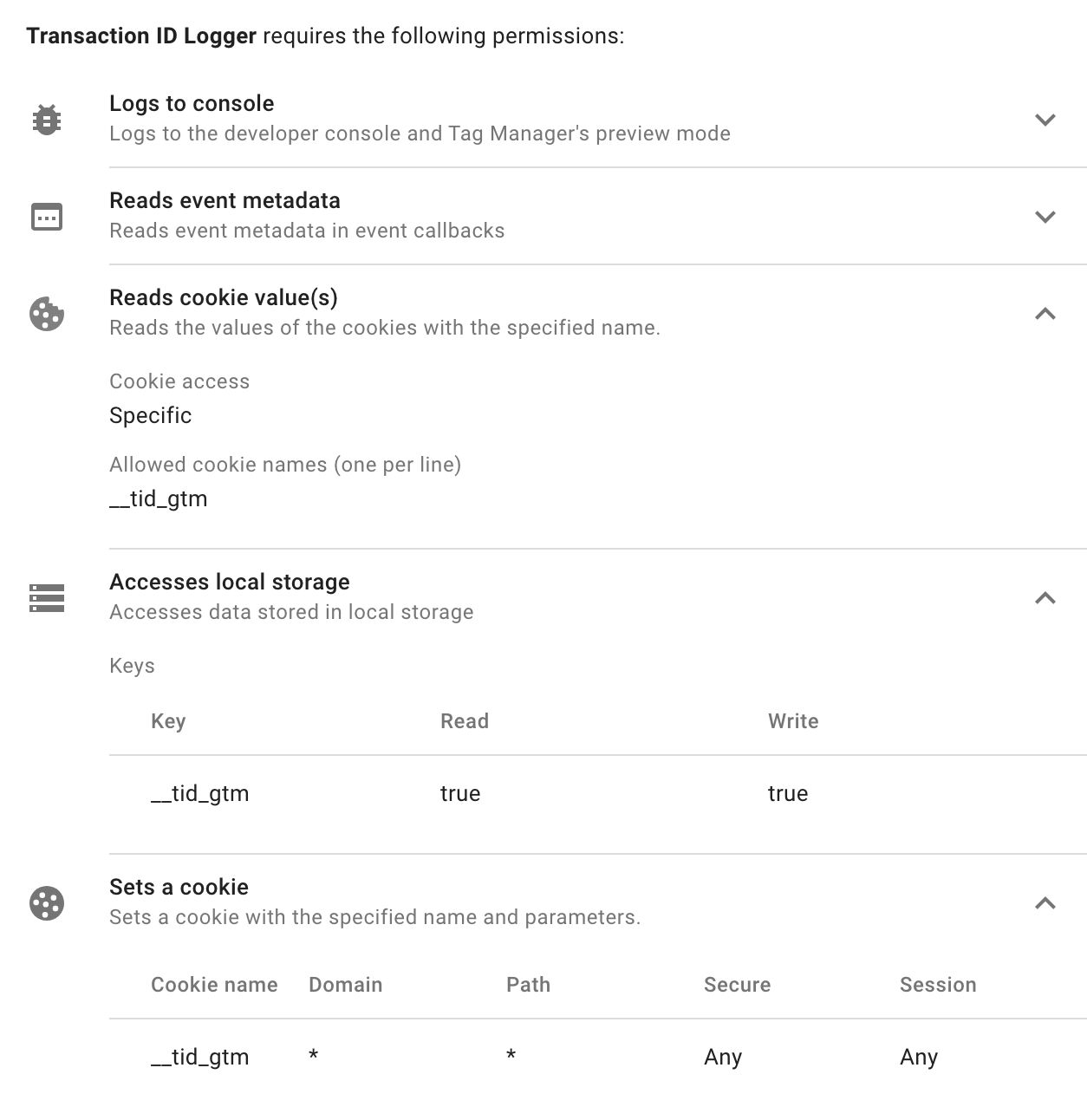Transit VPC Solutions

The concept of Transit VPC solutions has gained significant attention in recent years, particularly among enterprises and organizations seeking to enhance their network architecture and security posture. At its core, a Transit VPC is a centralized hub that enables the interconnection of multiple Virtual Private Clouds (VPCs) within an Amazon Web Services (AWS) environment. This design allows for streamlined traffic management, improved security, and enhanced network visibility.
One of the primary benefits of implementing a Transit VPC solution is the ability to simplify network complexity. In traditional hub-and-spoke architectures, each VPC is connected to every other VPC, resulting in a complex web of connections that can be difficult to manage and maintain. By contrast, a Transit VPC acts as a single point of entry and exit for all VPCs, reducing the number of connections and eliminating the need for multiple peering relationships.
A well-designed Transit VPC solution can help organizations reduce their network attack surface, improve compliance with regulatory requirements, and enhance overall security posture. By centralizing network management and security controls, organizations can ensure consistent policy enforcement and more effective threat detection.
In terms of security, Transit VPC solutions offer a robust set of features and capabilities. For example, network access control lists (NACLs) and security groups can be used to control traffic flow and restrict access to sensitive resources. Additionally, organizations can leverage advanced security services such as AWS Network Firewall and AWS Shield to protect against external threats and DDoS attacks.
To illustrate the benefits of Transit VPC solutions, consider the following scenario:
Suppose a large financial services company operates multiple VPCs across different AWS regions, each containing sensitive customer data and applications. Without a Transit VPC, the company would need to establish multiple peering relationships between each VPC, resulting in a complex and difficult-to-manage network architecture. By implementing a Transit VPC solution, the company can simplify its network design, improve security and compliance, and reduce the risk of data breaches and cyber attacks.
Key Components of a Transit VPC Solution

A Transit VPC solution typically consists of several key components, including:
- AWS Transit Gateway: A fully managed service that enables the creation of a Transit VPC, providing a single point of entry and exit for all VPCs.
- VPC Peering: A mechanism for connecting multiple VPCs to the Transit VPC, allowing for the exchange of traffic and resources.
- Network Firewalls: Advanced security services that protect against external threats and DDoS attacks, such as AWS Network Firewall and AWS Shield.
- Security Groups and NACLs: Network access control mechanisms that restrict traffic flow and access to sensitive resources.
Step 1: Planning and Design
Define the scope and objectives of the Transit VPC solution, including the number of VPCs to be connected and the required security controls.
Step 2: Deployment
Step 3: Security Configuration
Configure security groups, NACLs, and other security controls to restrict traffic flow and access to sensitive resources.
Best Practices for Implementing a Transit VPC Solution

To ensure a successful Transit VPC implementation, organizations should follow best practices such as:
- Centralized Management: Centralize network management and security controls to ensure consistent policy enforcement and more effective threat detection.
- Network Segmentation: Segment the network into separate VPCs and subnets to restrict traffic flow and access to sensitive resources.
- Monitoring and Logging: Implement comprehensive monitoring and logging capabilities to detect and respond to security incidents.
In conclusion, Transit VPC solutions offer a powerful and flexible way to enhance network architecture and security posture in AWS environments. By centralizing network management and security controls, organizations can simplify network complexity, improve compliance, and reduce the risk of data breaches and cyber attacks.
What is a Transit VPC, and how does it differ from traditional hub-and-spoke architectures?
+A Transit VPC is a centralized hub that enables the interconnection of multiple VPCs within an AWS environment, simplifying network complexity and improving security posture. Unlike traditional hub-and-spoke architectures, a Transit VPC reduces the number of connections and eliminates the need for multiple peering relationships.
What are the primary benefits of implementing a Transit VPC solution?
+The primary benefits of a Transit VPC solution include simplified network complexity, improved security posture, and enhanced network visibility. Additionally, Transit VPC solutions can help organizations reduce their network attack surface, improve compliance with regulatory requirements, and enhance overall security posture.
How do I get started with implementing a Transit VPC solution?
+To get started with implementing a Transit VPC solution, define the scope and objectives of the project, including the number of VPCs to be connected and the required security controls. Then, create the Transit VPC and configure the AWS Transit Gateway, VPC peering, and network firewalls.



